(This article originally appeared in June 2018 edition of Marine Engineers Review, Vol 12, Issue 7, Journal of The Institute of Marine Engineers (India), and is being reproduced here for readers of TheNavalArch’s blog)
The maritime domain is gradually coming to terms with the dawn of the Fourth Industrial Revolution. An industry that has largely resisted or ignored technology is being forced to reconsider its stand. The adoption of technology in the maritime space is driven primarily by two factors – the need to become more cost efficient and the looming shortage of traditional skills. Both these factors have the potential to have serious and lasting impact on this sector, and technology is being seen as a panacea.
What do we mean by ‘technology’, which is such a broad term that encompasses anything from steam engines to brain computer interfacing? Which aspects of technology are threatening (or promising) to reboot the maritime world?
Artificial Intelligence

First, there is Artificial Intelligence. Al subsumes a broad set of technologies incorporating machine learning, neural networks, cognitive networks, natural language processing, advanced robotics, etc. Each of these is a vast subject on its own. Together, they have the potential to change the world in alarming and amazing ways. Al, properly deployed on vessels, can lead to smart equipment capable of diagnosing themselves, ships that can choose the most economic route to their destinations without (and even in spite of) human intervention, vessel convoys forming and separating when required, cargoes being allocated to vessels to maximize capacity utilization and minimize ton-miles. The list is practically endless. We can be sure of one thing – Al will impact every single aspect of the maritime value chain sooner than most of us expect.
Transiting to Al is unlikely to be smooth and seamless. There are and will be myriad challenges. Who will lead? Who will drive? What standards will be followed? What role will IMO play? What role will flag states play? How will Al impact seafarers? How will it affect on-shore managers? To what far reaches of the value chain will AI extend? How secure is it? Who will guard it? What can happen if there is a breach? Who is responsible, the ship’s crew or the vessel owners or the software developers?
Sensor Technology/IoT in Maritime Industry

Second, there is situational awareness through sensor technology. While this can be seen as a part of AI, it is also distinct in many ways. Sensors enable physical systems to perceive the world around them and help them respond and react in the most beneficial mariner possible. Sensor technology is what allows driver less or autonomous cars to wend their way safely on busy roads. It allows the monitoring of the aged and the young, the tracking of wellness, the surveillance of criminal acts, the disruption in weather patterns.
Sensor technology is not new. All of us have encountered it, sometimes on a daily basis. If you have washed your hands in an airplane toilet, you have met and used sensor technology. The proliferation and the interaction and the data generation are what make this truly transformational.
Here again, there are challenges that the quality and accuracy of data, the seamless connectivity between sensors and their servers, the integrity and resilience of sensors in diverse environments, the security of the data – all of these are issues that need to be considered, dealt with and resolved.
Data Connectivity in the maritime world
Third, for Al and sensors to fulfil their potential, we need connectivity. Currently, maritime connectivity is pathetic, even if one is being kind. The current technology in use (FBB, Satcom) were state-of-the-art in the nineties. Higher data rates, lower latency, satellite wi-fi these are just a few changes that are on the horizon.
As connectivity improves, onboard systems and sensors will start integrating into the Internet of Things, and by doing so, gradually become more intelligent, predictive, responsive and capable.
Maritime Cybersecurity
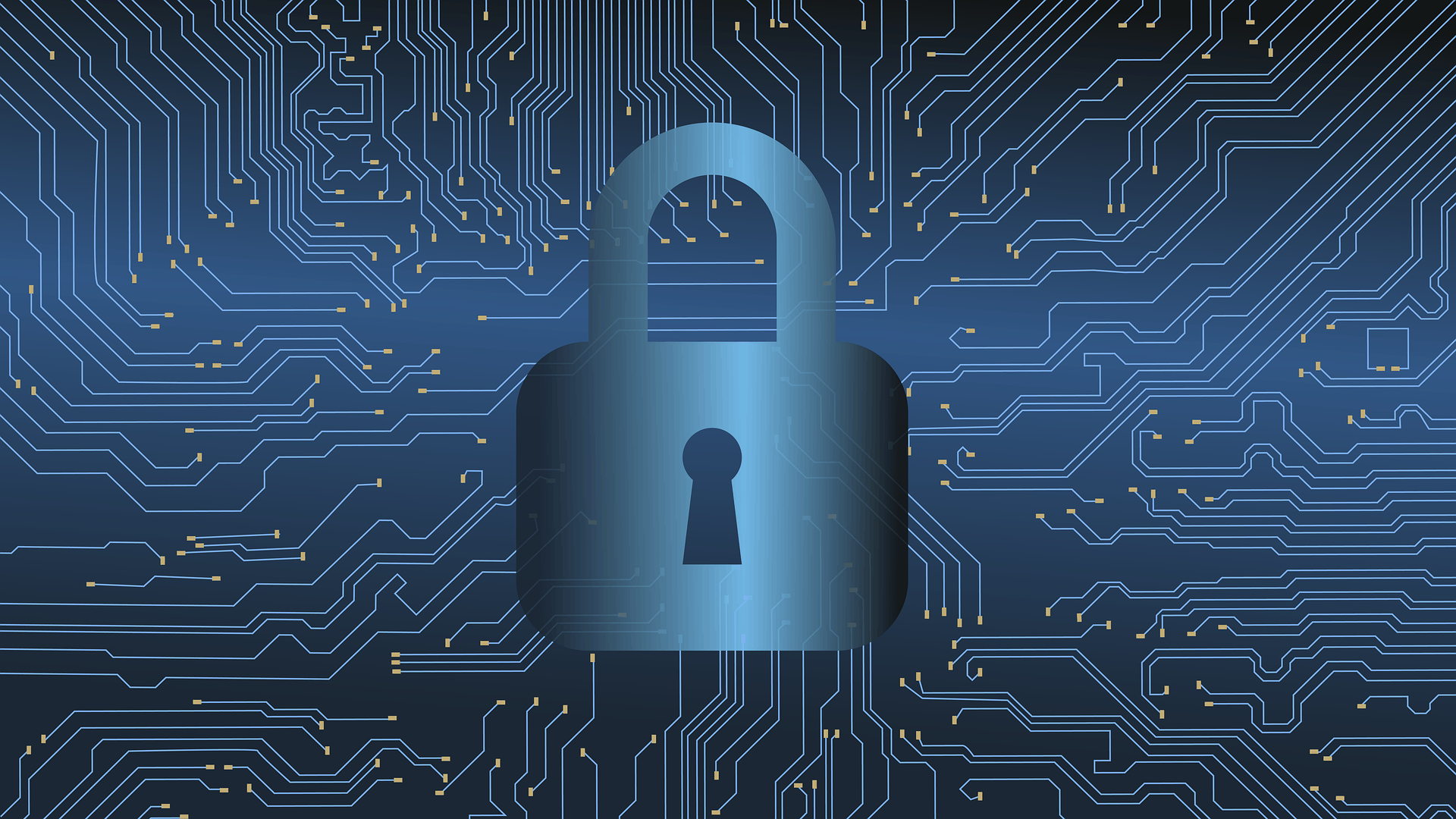
Four, to ensure that all the above technologies are secured and safe. Cybersecurity will need to go into overdrive.
Any disruption to connectivity or malicious interference can have devastating outcomes. As the spread of sensors and Al increases, security becomes increasingly critical as an attack can disable, take control or even destroy remotely without warning.
Technologies that are currently being deployed ashore such as adaptive security architectures and Al enabled reactive security will need to be embraced and quickly. Insurance will need to adapt. Standards will need to be set. Security infrastructure and behavior will need to be monitored and audited.
Regulatory Regime, and the need to collaborate for emerging technologies

Overlaying all these is the regulation of emergent technology. Traditionally, regulation lags technology. While this may not be life threatening in cases of privacy in social media and speculation in crypto-currency, it is absolutely critical in a global, disconnected, remotely managed sector like maritime. Class Societies, Flag States, IMO, Insurance Companies, Port State Controls, OEMs, Shipbuilders, et al have to collaborate and coordinate to establish clear norms to manage the advent of and spread of transformative technologies. While doing so, they have to be careful not to smother it with restrictions and risk averseness. Maritime regulation needs to learn to manage risk not avoid it. Appropriate regulation can help safeguard against non-conforming quality and deviation from standards.
It can help allocate ownership and responsibility. It can help define liability and its root. Some classification societies have already started work in this area, but a much more concerted and orchestrated effort is required.
The virtual revolution will change shipping in ways that we, even today, do not anticipate. The benefits are tremendous – enhanced safety, lower operating costs, prediction and pro-action, increased efficiency, real time oversight. The path to this nirvana is unlikely to be paved. The disruption that the maritime world is quaking in anticipation about is not so much the technology itself: rather, the uncertain steps and painful stumbles that we will encounter getting to where we should be.
Disclaimer:
The views, information, or opinions expressed in this article are solely those of the author and do not necessarily represent those of TheNavalArch Pte Ltd and its employees
This article originally appeared in June 2018 edition of Marine Engineers Review, Vol 12, Issue 7, Journal of The Institute of Marine Engineers (India), and is being reproduced here for readers of TheNavalArch’s blog.
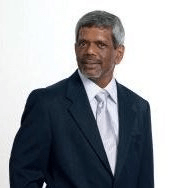
Venkatraman Sheshashayee
Former CEO | Mentor to Boards, Promoters and Professionals
Venkatraman Sheshashayee (Shesh) is Managing Director of Radical Advice, a business transformation advisory based in Singapore. He has over 34 years of experience in manufacturing, shipping and offshore oil & gas.
Shesh’s previous roles include CEO & ED of Miclyn Express Offshore, CEO & ED of Jaya Holdings Limited and Managing Director of Greatship Global.
In his new avatar, Shesh helps mentors Boards, Promoters and Professionals and helps them achieve their potential.
Shesh is the author of the ‘CEO Chronicles’ series on navigating careers and the ‘What Women Want’ series on gender awareness, published on LinkedIn and Medium.
He can be reached at vshesh@radicaladvice.net
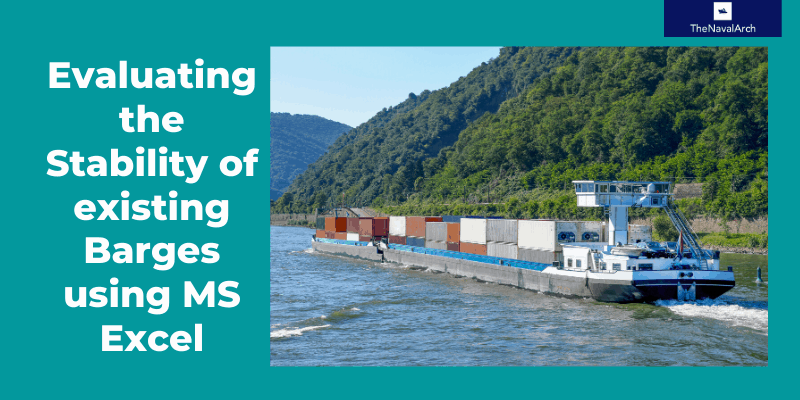
Using MS Excel to evaluate the Stability of existing Barges
Barges are the simplest, and yet most widely used of marine vehicles. They are used for a variety of purposes ranging from carrying cargo in bulk or liquid, to even carrying passengers for short inland cruises. Barges are mostly towed by another barge called a tug,...
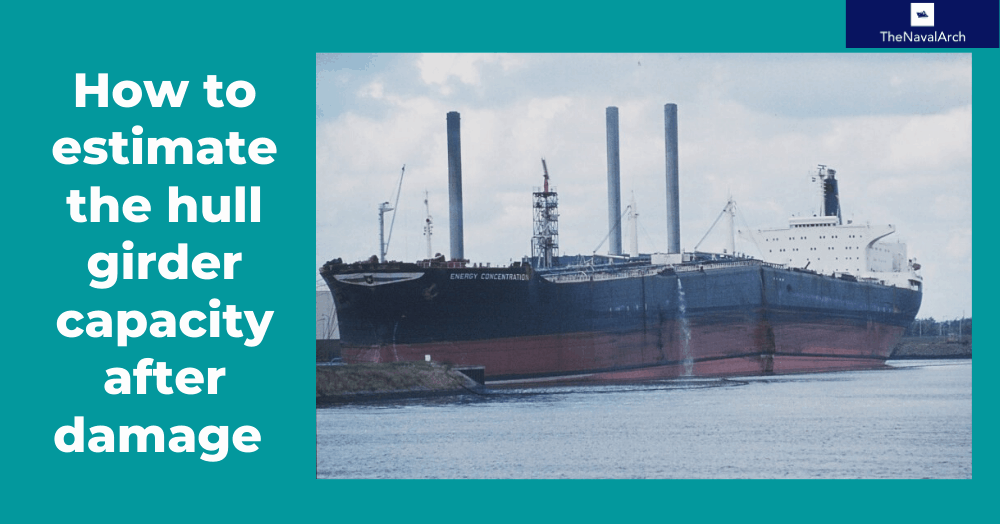
The importance of ULS (Ultimate Longitudinal Strength) and how to assess it for a damaged hull
by Alessandro La Ferlita, Naval Architect Ultimate hull girder strength represents the maximum capacity, of the hull girder beyond the structure fails. In fact, if the vertical bending moment applied overcomes a certain maximum value, the ship can collapse (Figure 1)...
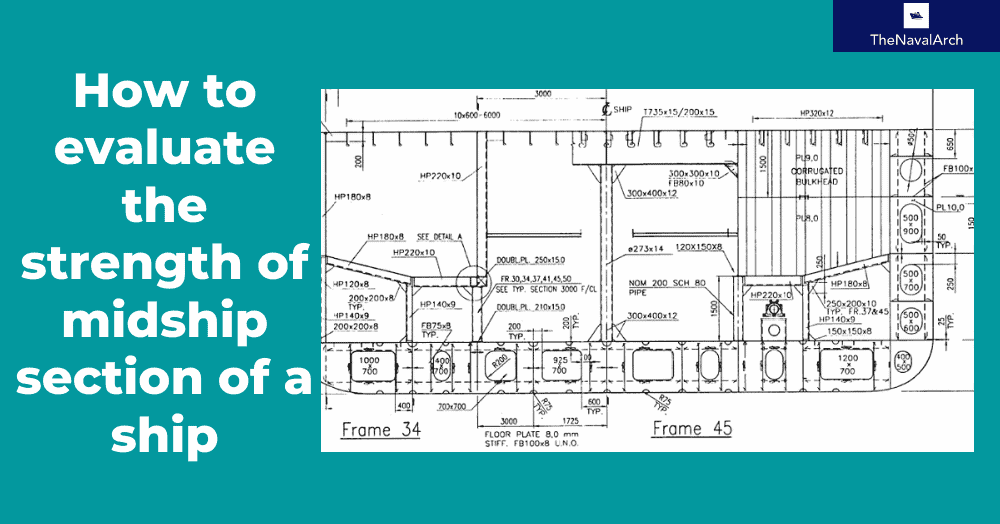
How to calculate the strength of Midship Section of a Ship
The mid-ship section of a ship is a defining structural drawing of the vessel. It represents the most critical structural parameter of the vessel – its global strength. To assess how much of the bending moment (hog and sag) the vessel can tolerate, it is important to...
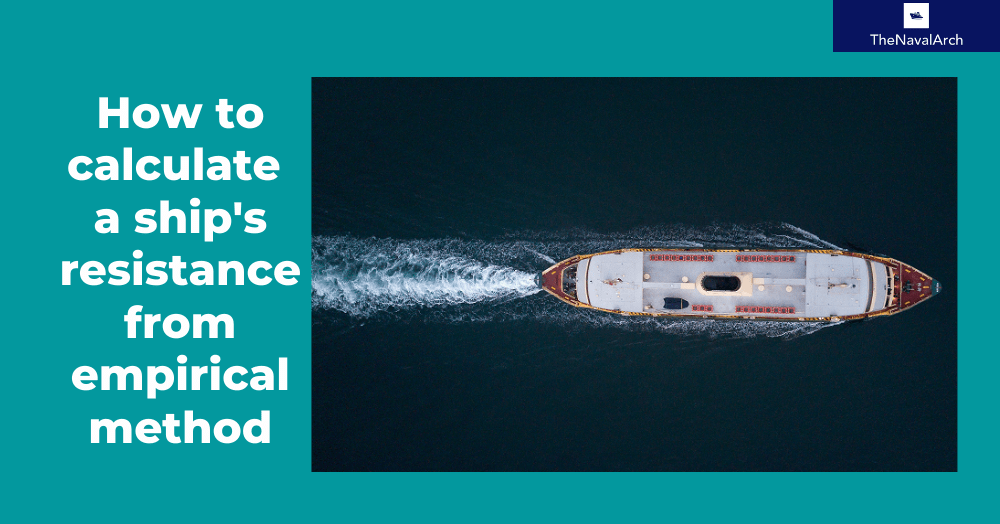
How to use empirical formulas to estimate the resistance of a Ship
How to use empirical formulas to estimate the resistance of a Ship Resistance estimation holds immense importance in the design stage of a vessel. Based on the results of the resistance estimation of a vessel, the selection of the right propulsion system is done....
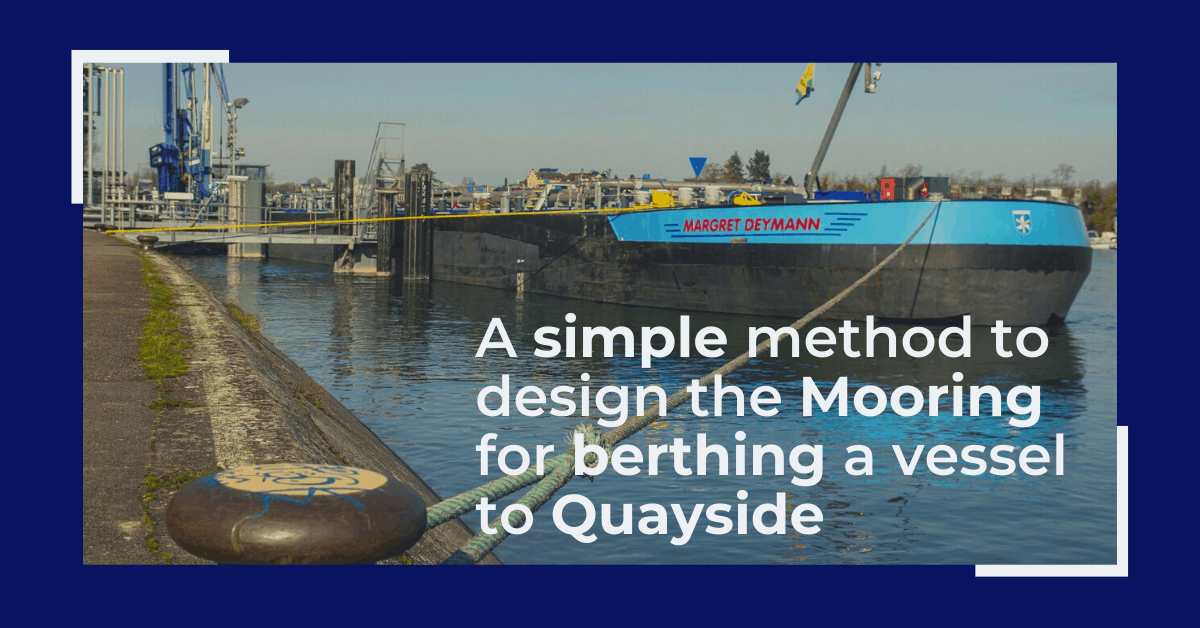
Designing the berth mooring of your vessel with this simple yet effective method
A vessel at berth experiences much lower forces compared to a vessel in the open sea due to the milder environment, but it still requires a mooring configuration suited to the forces it experiences, and also suitable for the type of berthing configuration adopted. The...
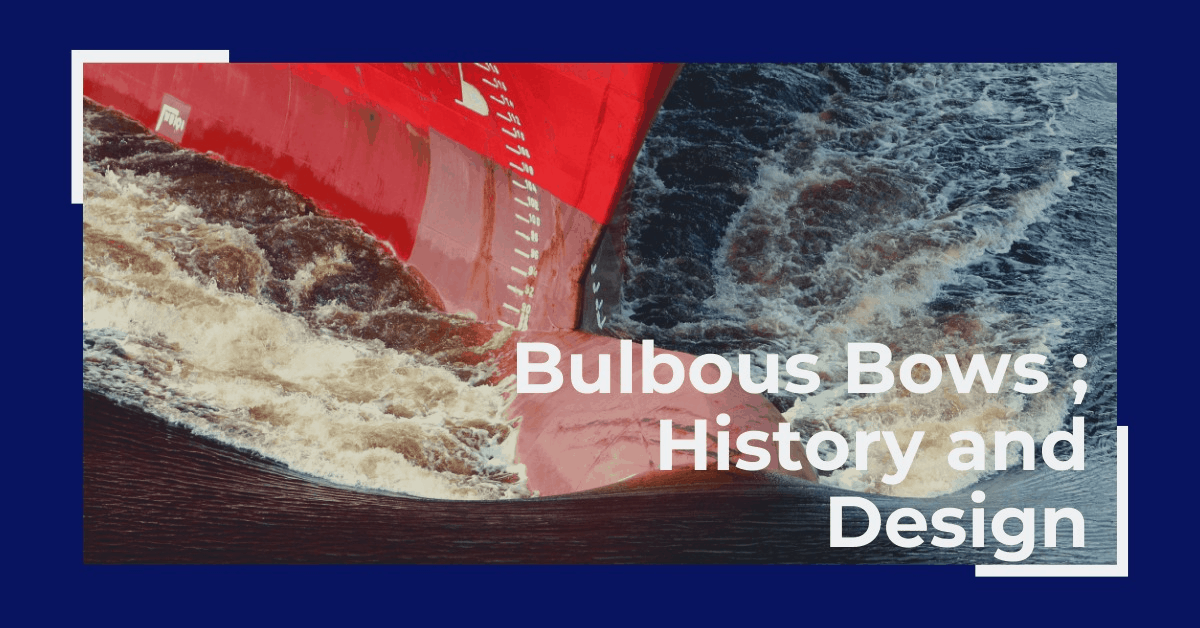
Bulbous Bows – History and Design
by Bijit Sarkar, Naval Architect Introduction The eternal search of a naval architect – a perfect bow. Sadly, it never exists. Different bow forms are good for different types, sizes of vessels and seaways. What does a naval architect want out of the bow he designs?...

Understanding how buoys affect the catenary of a mooring line
What is a mooring line? Mooring lines generally comprise ropes, wires, chains or combination of wire and chain used to keep ships, offshore platforms and other floating vessels in position. It connects the structure either to the seabed using an anchor or the quay...

Calculating forces on a ship’s deck cargo – a simplified approach
A cylindrical deck cargo (Source: Wikimedia) Introduction A ship’s deck is used to transport many different types of cargo – from containers to large structures like cranes or heavy modules of an offshore production plant. During transport, the ship suffers from...

Designing a pad-eye: little items with big intricacies
Pad-eyes are one of the smallest and most universally used structural items in the maritime and Oil & Gas industry. They are used for a variety of purposes too: from a simple seafastening of a cargo to deck of a vessel, to complicated lifting operations involving...

Vessel with Stern on Quay: A simplified method for mooring design
A vessel at berth experiences much lower forces compared to a vessel in the open sea due to the milder environment, but it still requires a mooring configuration suitable to the forces it experiences, and also suitable for the type of berthing configuration adopted....

